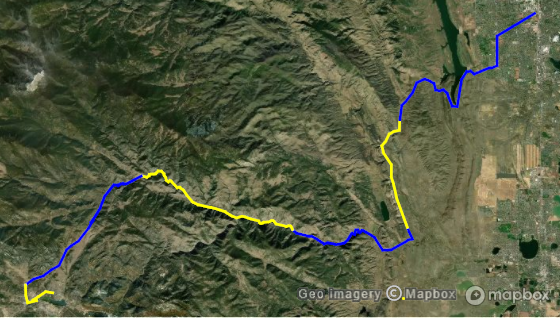Train Smart. Ride Hard. Finish Stronger.
Analyze Your Ride Like Never Before
Training Twin creates a digital twin of your personal exercise physiology using your stored ride data.
Use your GPS route data to create virtual routes and simulate your unique cardiovascular, metabolic, and respiratory response to your planned ride. Training Twin provides personalized information including route difficulty, hydration and fuel strategies. By analyzing this data, you can accurately assess the training value of your ride.

Watch Your Body's Behavior
Create an account and then upload your Garmin data to see how your body reacted at each moment. Our system combines weather data, data from your device, mapping data, and biometric data based on your specific body type to create the most complete and accurate digital twin in existence.
Replay your ride and identify tough spots and find ways to improve your performance, increase your ride times, or identify speed opportunities.
Our twin is incredibly accurate because it uses the technology from Hummod's human simulations which are built on hundreds of thousands of simulations, leveraging hundreds of resarch papers to give your digital twin the most accurate data available.
Want to Ride Better?
The Minds Behind the Numbers
Training Twin is the culmination of thousands of hours of research and effort by some of the brightest and most respected names in physiology.
Robert Hester, PhD
Robert Hester, Ph.D. in Biomedical Engineering, was a Professor in the Department of Physiology at the University of Mississippi Medical Center. He has directed the development of HumMod since 2010, licensing HumMod from UMMC in 2012 and starting HC Simulation, LLC in 2014.
W Andrew Pruett, PhD
W Andrew Pruett is a mathematician (Baylor University) and physiologist (University of Mississippi Medical School) who specializes in computational physiology. Dr Pruett in creates mathematical models of human physiology and algorithms that personalize those models into human digital twins, creating accessible tools for data-driven physiological decision making.
